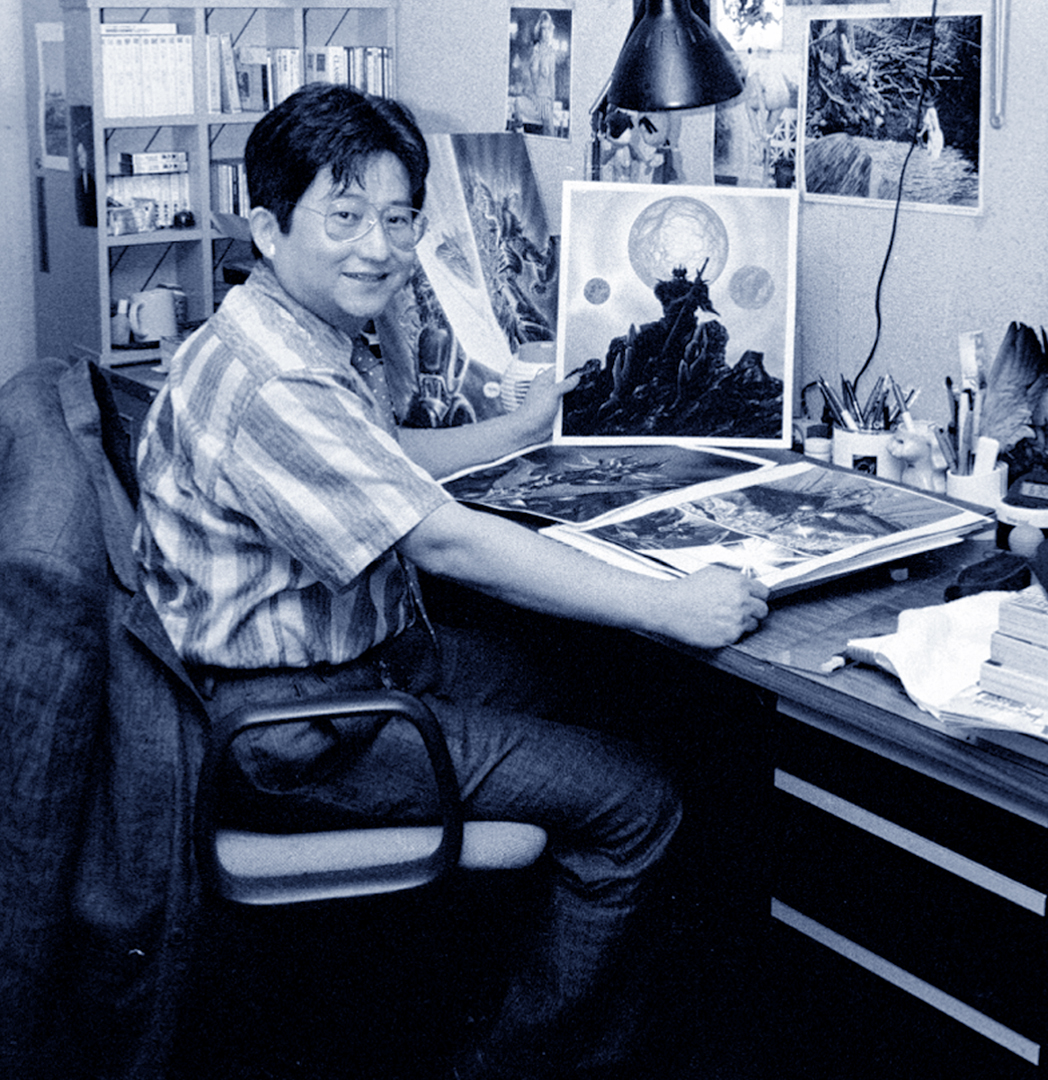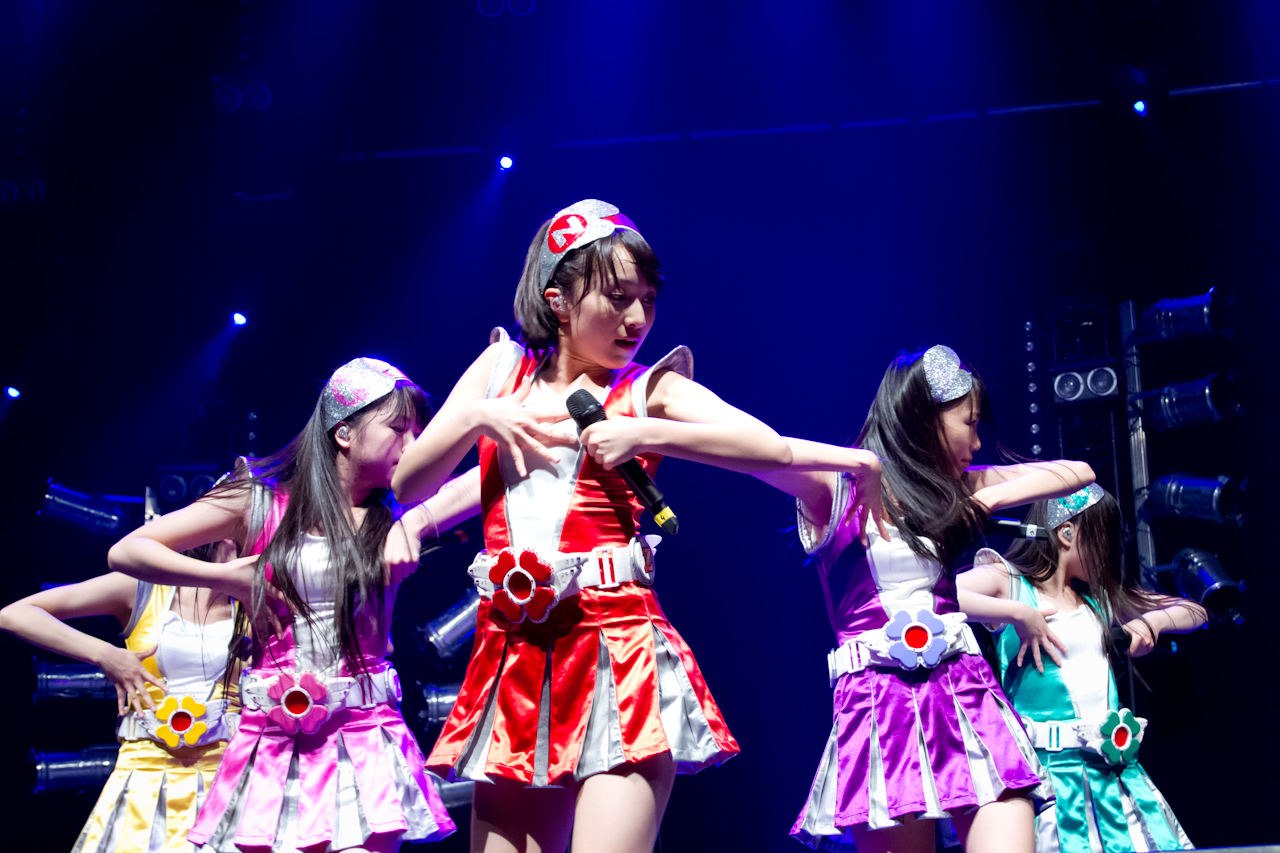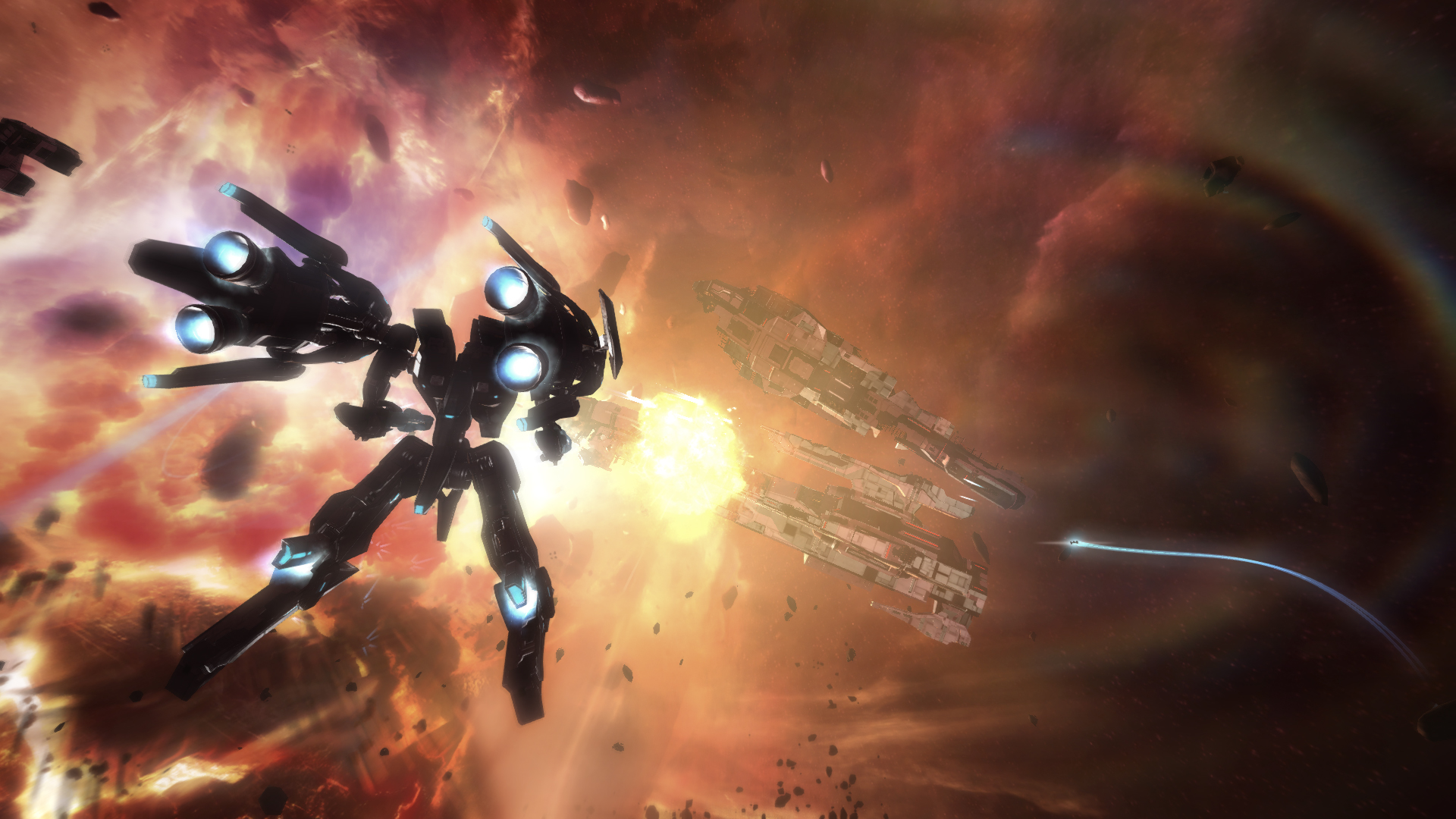|
Go Nagai
, better known by the pen name , is a Japanese manga artist and a prolific author of Japanese science fiction, science fiction, fantasy, Japanese horror, horror, and erotica. He made his professional debut in 1967 with ''Meakashi Polikichi'', but is best known for creating popular 1970s manga and anime series such as ''Cutie Honey'', ''Devilman,'' and ''Mazinger Z''. He is credited with creating the Mecha anime and manga, super robot genre; designing the first mecha robots piloted by a user from within a cockpit with ''Mazinger Z'';Mark Gilson, "A Brief History of Japanese Robophilia", ''Leonardo'' 31 (5), pp. 367–369 [368]. as well as helping pioneer the magical girl genre with ''Cutie Honey;'' the post-apocalyptic manga/anime genre with ''Violence Jack;'' and the ecchi genre with ''Harenchi Gakuen''. In 2005, he became a Character Design professor at the Osaka University of Arts. He has been a member of the Tezuka Osamu Cultural Prize's nominating committee since 2009. Life ... [...More Info...] [...Related Items...] OR: [Wikipedia] [Google] [Baidu] |
Japan Expo
Japan Expo is a convention on Japanese popular culture – the largest of its kind outside Japan – taking place in Paris, France, although it has branched out into a partnership festival – Comic-Con Paris, Kultima – and expanded to include some European and US pop culture as well. It is held yearly at the beginning of July for four days (usually from Thursday to Sunday) in the Parc des Expositions de Villepinte, Paris-Nord Villepinte Exhibition Centre (the second-largest convention centre in France). The attendance has increased steadily over the years, with 2,400 visitors welcomed in the first edition in 1999 and more than 252,510 for the 2019 edition. As with the Olympic Games and many other mass gatherings, the 2020 and 2021 editions were cancelled because of the global COVID-19 pandemic. History The first exposition took place in 1999 at the Institut supérieur du commerce de Paris, ISC Paris Business School and welcomed 2,400 visitors, a number which has grown ste ... [...More Info...] [...Related Items...] OR: [Wikipedia] [Google] [Baidu] |
Susano Oh
is a Japanese manga created by Go Nagai. It is loosely based on the Shinto deity '' Susanoo''. With this manga, Nagai won the Kodansha Manga Award in the ''shōnen'' category. The original serialization of Kodansha was suspended in 1981, but the success of the novels written by Yasutaka Nagai, prompted Kadokawa Shoten to request Go to resume his work on ''Susano Oh''. With this, the manga would be published for a period of ten years, from 1979 to 1989. Even so, the manga was left with an open ending for a possible next part. An RPG video game adaption titled was released in Japan by Hudson on April 27, 1989, on the PC Engine. A board game based on the series called ''Dreadful Susano Oh King Go Nagai'' was released by a company called Epoch. Plot Highschool freshman Shingo Susa follows his childhood friend and crush Sayuri Yukishiro to their school's ESP club, whose members attempt to research psychic powers. However, they later discover there are two real psychics i ... [...More Info...] [...Related Items...] OR: [Wikipedia] [Google] [Baidu] |
Post-apocalyptic
Apocalyptic and post-apocalyptic fiction are genres of speculative fiction in which the Earth's (or another planet's) civilization is collapsing or has collapsed. The apocalypse event may be climatic, such as runaway climate change; astronomical, an impact event; destructive, nuclear holocaust or resource depletion; medical, a pandemic, whether natural or human-caused; end time, such as the Last Judgment, Second Coming or Ragnarök; or any other scenario in which the outcome is apocalyptic, such as a zombie apocalypse, AI takeover, technological singularity, dysgenics or alien invasion. The story may involve attempts to prevent an apocalypse event, deal with the impact and consequences of the event itself, or it may be post-apocalyptic, set after the event. The time may be directly after the catastrophe, focusing on the psychology of survivors, the way to keep the human race alive and together as one, or considerably later, often including that the existence of pre- ... [...More Info...] [...Related Items...] OR: [Wikipedia] [Google] [Baidu] |
Magical Girl
is a Genre#Subgenre, subgenre of primarily Japanese fantasy media (including anime, manga, light novels, and live-action media) centered on young girls who possess magical abilities, which they typically use through an ideal alter ego into which they can transform. The genre emerged in 1962 with the manga ''Himitsu no Akko-chan'', followed by ''Sally the Witch'' in 1966. A wave of similar anime produced in the 1970s led to being used as a common term for the genre. In the 1980s, the term was largely replaced by "magical girl", reflecting the new popularity of shows produced by other studios, including ''Magical Princess Minky Momo'' and ''Creamy Mami, the Magic Angel''. In the 1990s, ''Sailor Moon'' redefined the genre by combining "transforming hero" elements from live-action hero shows. The growth of late-night anime in the early 2000s led to a demographic shift for the genre, where series with more mature themes such as ''Magical Girl Lyrical Nanoha'' (2004) were created ... [...More Info...] [...Related Items...] OR: [Wikipedia] [Google] [Baidu] |
Mecha
In science fiction, or mechs are giant robots or machines, typically depicted as piloted, humanoid walking vehicles. The term was first used in Japanese (language), Japanese after shortening the English loanword or , but the meaning in Japanese is more inclusive, and or 'giant robot' is the narrower term. Real mechs vary greatly in size and shape, but are distinguished from vehicles by their biomorphic appearance, and are often much larger than human beings. Different Genre#Subgenre, subgenres exist, with varying connotations of realism. The concept of Super Robot and Real Robot are two such examples found in Japanese anime and manga. Real-world piloted robots or non-robots Robot locomotion, robotic platforms, existing or planned, may also be called "mechs". In Japanese, "mechs" may refer to mobile machinery or vehicles (not including aircraft, cars, motorcycles and HGV) in general, piloted or Mobile robot, otherwise. Characteristics 'Mecha' is an abbreviation, first used ... [...More Info...] [...Related Items...] OR: [Wikipedia] [Google] [Baidu] |
Mecha Anime And Manga
Mecha, also known as giant robot or simply robot, is a genre of anime and manga that feature mecha in battle. The genre is broken down into two subcategories; "super robot", featuring super-sized, implausible robots, and "real robot", where robots are governed by realistic physics and technological limitations. Mecha series cover a wide variety of genres, from action to comedy to drama, and the genre has expanded into other media, such as video game adaptations. Mecha has also contributed to the popularity of scale model robots. History The 1940 short manga featured a powered, piloted, mechanical octopus. The 1943 Yokoyama Ryūichi's propaganda manga featured a sword-wielding, steam-powered, giant humanoid mecha. The first series in the mecha genre was Mitsuteru Yokoyama's 1956 manga '' Tetsujin 28'', which was also released as an anime in 1963. Yokoyama was inspired to become a manga creator by Osamu Tezuka, and began serializing the manga in ''Shonen'', an iconic boy's ... [...More Info...] [...Related Items...] OR: [Wikipedia] [Google] [Baidu] |
Anime
is a Traditional animation, hand-drawn and computer animation, computer-generated animation originating from Japan. Outside Japan and in English, ''anime'' refers specifically to animation produced in Japan. However, , in Japan and in Japanese, describes all animated works, regardless of style or origin. Many works of animation with a Anime-influenced animation, similar style to Japanese animation are also produced outside Japan. Video games sometimes also feature themes and art styles that are sometimes labelled as anime. The earliest commercial Japanese animation dates to 1917. A characteristic art style emerged in the 1960s with the works of cartoonist Osamu Tezuka and spread in the following decades, developing a large domestic audience. Anime is distributed theatrically, through television broadcasts, Original video animation, directly to home media, and Original net animation, over the Internet. In addition to original works, anime are often adaptations of Japanese ... [...More Info...] [...Related Items...] OR: [Wikipedia] [Google] [Baidu] |
Manga
are comics or graphic novels originating from Japan. Most manga conform to a style developed in Japan in the late 19th century, and the form has a long history in earlier Japanese art. The term is used in Japan to refer to both comics and cartooning. Outside of Japan, the word is typically used to refer to comics originally published in Japan. In Japan, people of all ages and walks of life read manga. The medium includes works in a broad range of genres: action, adventure, business and commerce, comedy, detective, drama, historical, horror, mystery, romance, science fiction and fantasy, erotica ( and ), sports and games, and suspense, among others. Many manga are translated into other languages. Since the 1950s, manga has become an increasingly major part of the Japanese publishing industry. By 1995, the manga market in Japan was valued at (), with annual sales of 1.9billion manga books and manga magazines (also known as manga anthologies) in Japan (equivale ... [...More Info...] [...Related Items...] OR: [Wikipedia] [Google] [Baidu] |
Lambiek
Galerie Lambiek is a Dutch comic book store and art gallery in Amsterdam, founded on November 8, 1968 by Kees Kousemaker (, – Bussum Bussum () is a commuter town and former municipality in the Gooi region in the south east of the province of North Holland in the Netherlands near Hilversum. Since 2016, Bussum has been part of the new municipality of Gooise Meren. Bussum had a ..., ). His son Boris Kousemaker has been the owner since 2007. From 1968 to 2015, it was located in the Kerkstraat, but in November 2015, the store moved to Koningsstraat 27. As of 2018, Lambiek is the oldest comics store in Europe, and the oldest worldwide still in existence. The name "Lambiek" originated as a misspelling of the name of the comics' character Lambik, from the popular '' Suske & Wiske'' comic book series created by Belgian artist Willy Vandersteen. The logo of the shop is an image from the ''Suske en Wiske'' album ''Prinses Zagemeel'' (''Princess Sawdust''). History Only two ... [...More Info...] [...Related Items...] OR: [Wikipedia] [Google] [Baidu] |
Japanese Horror
Japanese horror, also known as J-horror, is horror fiction derived from popular culture in Japan, generally noted for its unique thematic and conventional treatment of the horror genre differing from the traditional Western representation of horror. Japanese horror tends to focus on psychological horror, tension building (suspense), and the supernatural, particularly involving ghosts (''yūrei'') and poltergeists. Other Japanese horror fiction contains themes of folk religion such as possession, exorcism, shamanism, precognition, and ''yōkai''. Media in which the genre of Japanese horror fiction can be found include artwork, theater, literature, film, anime and video games. Origins The origins of Japanese horror can be traced back to the horror fiction and ghost stories of the Edo period and the Meiji period, which were known as '' kaidan'' (sometimes transliterated ''kwaidan''; literally meaning "strange story"). Elements of these popular folktales have routinely been use ... [...More Info...] [...Related Items...] OR: [Wikipedia] [Google] [Baidu] |
Japanese Science Fiction
Science fiction is an important genre of modern Japanese literature that has strongly influenced aspects of contemporary Japanese pop culture, including anime, manga, video games, tokusatsu, and cinema. History Origins Both Japan's history of technology and mythology play a role in the development of its science fiction. Some early Japanese literature, for example, contain elements of proto-science fiction. The early Japanese tale of "Urashima Tarō" involves traveling forwards in time to a distant future, and was first described in the ''Nihongi'' (720). It was about a young fisherman named Urashima Taro who visits an undersea palace and stays there for three days. After returning home to his village, he finds himself three hundred years in the future, where he is long forgotten, his house in ruins, and his family long dead. The 10th-century Japanese narrative ''The Tale of the Bamboo Cutter'' may also be considered proto-science fiction. The protagonist of the story, K ... [...More Info...] [...Related Items...] OR: [Wikipedia] [Google] [Baidu] |
Manga Artist
A manga artist, also known as a mangaka (), is a Cartoonist, comic artist who writes and/or illustrates manga. Most manga artists study at an art college or manga school or take on an apprenticeship with another artist before entering the industry as a primary creator. More rarely a manga artist breaks into the industry directly, without previously being an assistant. For example, Naoko Takeuchi, author of ''Sailor Moon'', won a Kodansha Manga Award contest and manga pioneer Osamu Tezuka was first published while studying an unrelated degree, without working as an assistant. A manga artist will rise to prominence through recognition of their ability when they spark the interest of institutions, individuals or a demographic of manga consumers. For example, there are contests which prospective manga artist may enter, sponsored by manga editors and publishers. This can also be accomplished through producing a One-shot (comics), one-shot. While sometimes a stand-alone manga, with en ... [...More Info...] [...Related Items...] OR: [Wikipedia] [Google] [Baidu] |







